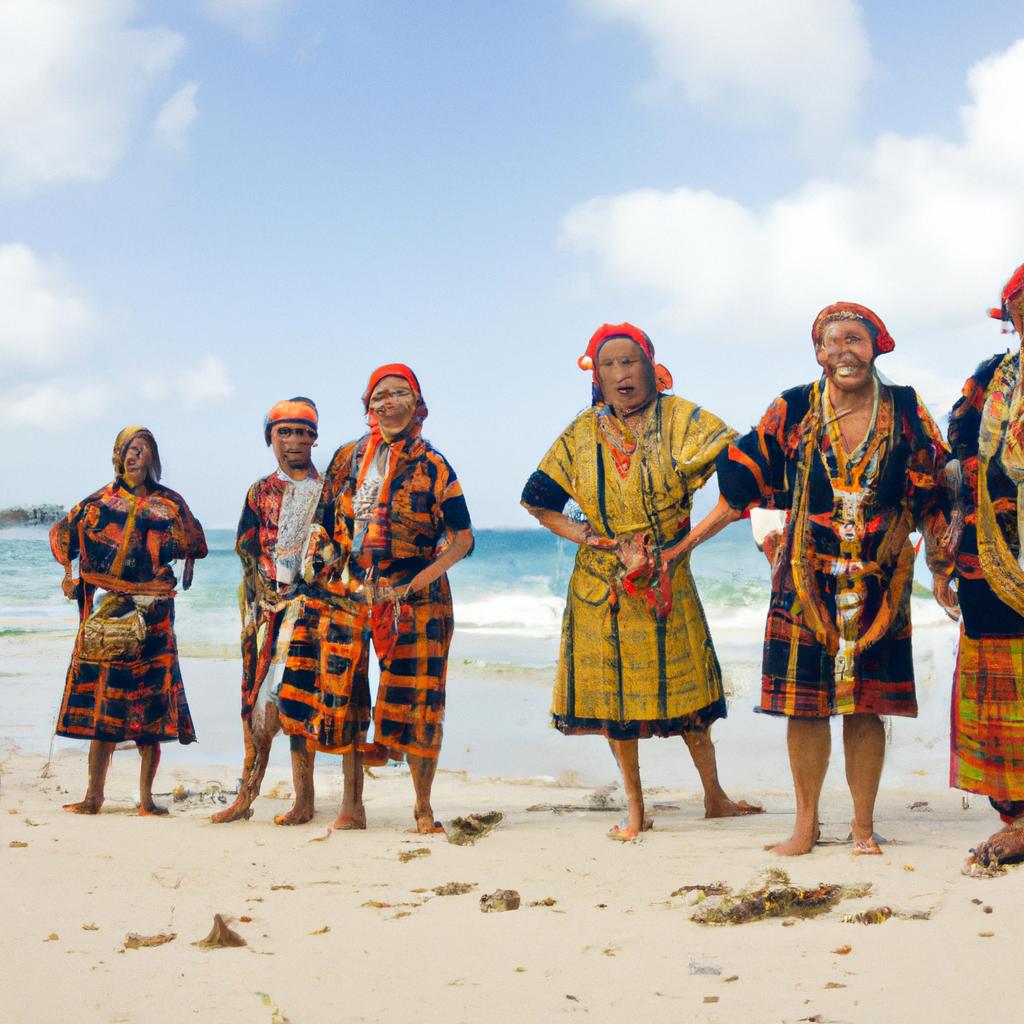Discover the fascinating history and culture of the sentinel island tribe, one of the world’s most isolated civilizations. Join us on an exploration of their mysterious way of life.
The world is an intricate tapestry of diverse cultures and traditions, each with its own distinct way of life. However, there are civilizations so isolated that they remain shrouded in an air of mystery. Enter the Sentinel Island tribe, an enigmatic society residing on a remote island in the Bay of Bengal. What sets them apart is their extreme isolation and unwavering hostility towards outsiders, which has captured the attention of the world.
For over 60,000 years, the Sentinel Island tribe has called the North Sentinel Island home. Roughly the size of Manhattan, this island is encircled by treacherous coral reefs, making it nearly impervious to sea access. The tribe’s isolation stems from their staunch aversion to outsiders, leading them to fiercely resist any attempts at contact.
The issue of the Sentinel Island tribe’s isolation has sparked controversy, with some advocating for integration into modern society, while others argue for the preservation of their autonomy and way of life. In this article, we will delve into the history and background of the tribe, shedding light on the contentious debate surrounding their isolation.
Geographical Location and Environment
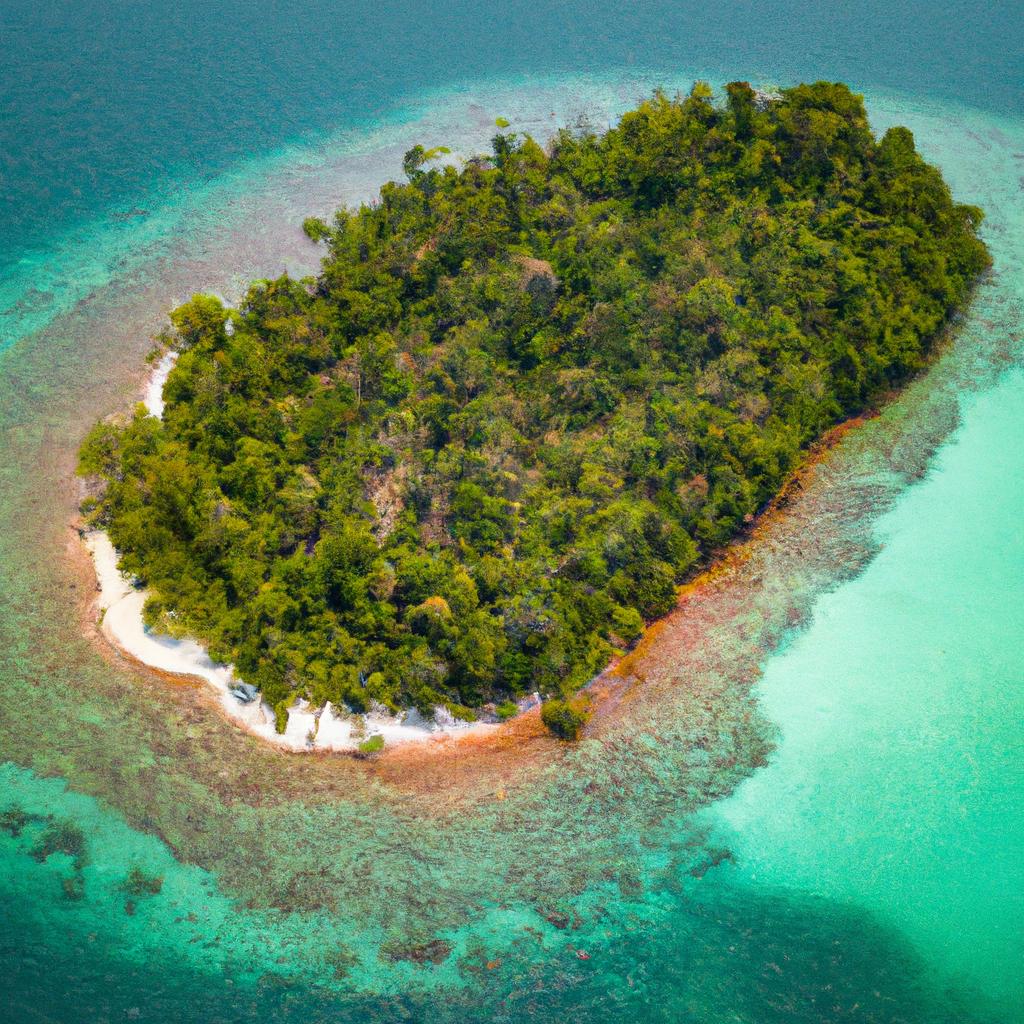
Location and Size
Situated in the Bay of Bengal, the North Sentinel Island is one of India’s Andaman and Nicobar Islands. It is one of the smallest islands in the archipelago, spanning approximately 23 square miles. Surrounded by a formidable coral reef, accessing the island by sea poses an arduous challenge.
Terrain and Climate
Marked by rugged hills and dense forests, the North Sentinel Island’s interior remains largely unexplored, with the tribe primarily inhabiting the coastal regions. Flourishing with diverse flora and fauna, including wild pigs, birds, and reptiles, the island is a testament to the tribe’s resilience.
Enduring a tropical rainforest climate, the island experiences high humidity year-round. During the monsoon season, torrential rains and powerful winds render the island inaccessible for months. Despite the island’s remote location and harsh climate, the Sentinel Island tribe has thrived for millennia.
Culture and Society
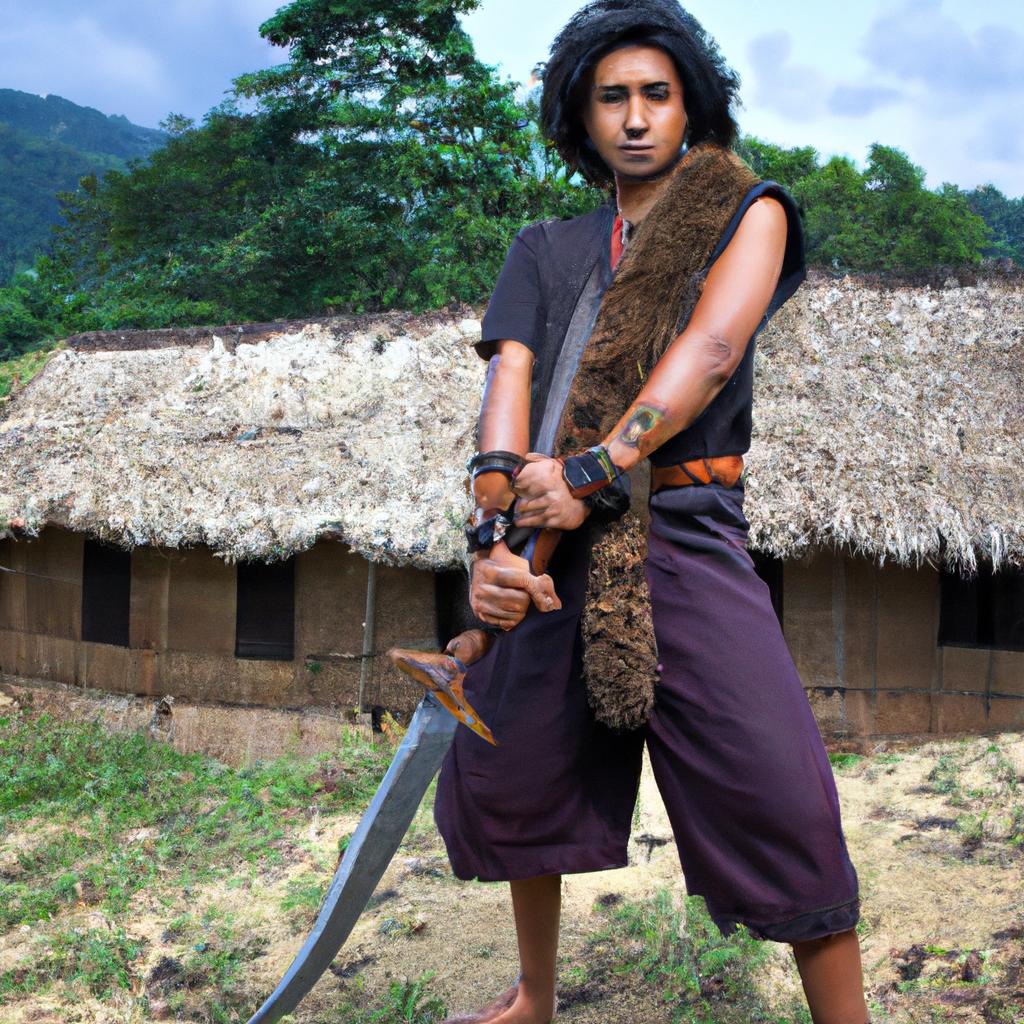
The Sentinel Island tribe possesses a unique and ancient culture that has withstood the test of time. Despite their isolation, they have developed a complex social structure and a distinct language.
Belief System and Customs
Animated by animistic beliefs, the tribe venerates the spirits of the natural world, finding solace in the sun, moon, and stars. Their profound connection with nature intertwines with their customs and rituals, where fishing and hunting hold a central place in their way of life.
One of their most distinguishing customs, headhunting, has been documented by outsiders in the past. However, whether this practice endures remains uncertain. Headhunting may have served as a means of revenge or asserting dominance over rival tribes.
Social Structure and Familial Relationships
Built upon familial ties, the Sentinel Island tribe thrives in small, close-knit communities led by chiefs. Matrilineal in nature, descent is traced through the female line, underscoring the tribe’s reverence for familial relationships. In this tightly knit society, children are nurtured by the entire community, while older members are esteemed for their wisdom and experience.
Language and Communication Methods
The Sentinel Island tribe possesses a unique language indecipherable to outsiders. Believed to be part of the broader Andamanese language family spoken on nearby Andaman Islands, their communication methods remain a subject of intrigue. Employing gestures, vocalizations, and even bows and arrows to protect themselves from outsiders, the tribe employs visual signals alongside other forms of communication.
Contact with the Outside World

Overview of Attempted Outside Contact and the Tribe’s Reactions
Over the years, numerous attempts have been made to establish contact with the Sentinel Island tribe, only to be met with hostility and aggression. In 1974, a National Geographic documentary team successfully delivered gifts but encountered arrows and hostility when they approached the tribe.
In 1981, the MV Primrose, a cargo ship, ran aground near the island. The crew was saved by a helicopter, but the ship remained stranded. The tribe relentlessly attacked the ship with arrows and spears, forcing the crew’s evacuation.
Tragic incidents occurred in 2006 and 2018 when fishermen accidentally drifted onto the island and an American missionary named John Allen Chau attempted to make contact. Both encounters resulted in fatalities.
Current Status of the Tribe’s Isolation and Protection
Following John Allen Chau’s death, the Indian government took action to safeguard the tribe. Approaching the island is now illegal, and an exclusion zone has been established to deter outsiders. Despite these measures, concerns remain about the impact of climate change on the island. Rising sea levels and extreme weather events pose threats to both the tribe’s ecosystem and their physical safety. Balancing their autonomy with environmental preservation is crucial.
Environmental and Political Threats
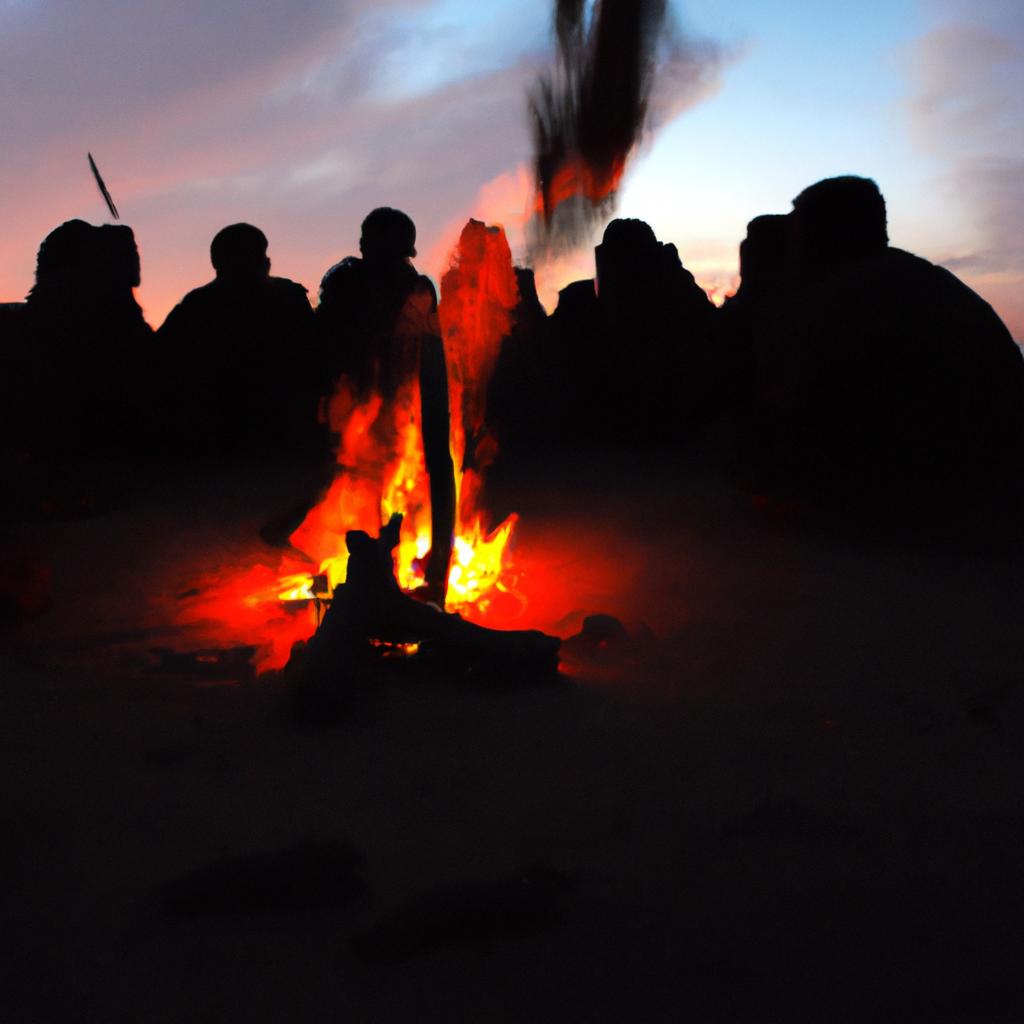
Preserving their isolation has been vital to the Sentinel Island tribe, protecting their unique way of life. However, this way of life faces potential threats from environmental and political factors.
Analysis of Potential Threats to the Tribe’s Way of Life
The North Sentinel Island boasts a delicate ecosystem, with human interference having severe consequences. The tribe’s sustainable hunting and gathering practices have minimal environmental impact. However, any external intervention, such as commercial fishing or logging, could disrupt the island’s delicate balance, endangering the tribe’s existence.
Moreover, the tribe’s vulnerability to modern diseases raises concerns. Contact with outsiders risks introducing novel pathogens that could decimate the tribe through widespread illness and death.
Examination of the Indian Government’s Policies Towards the Tribe
With jurisdiction over the North Sentinel Island, the Indian government has implemented policies to safeguard the tribe’s autonomy and way of life. Declaring the island a tribal reserve, unauthorized access is strictly prohibited. Nevertheless, reports of illegal fishing and poaching activities in the surrounding waters have raised concerns about the tribe’s welfare.
The government’s policies have been subject to debate, particularly following the tragic death of John Allen Chau in 2018. While strict measures protect the tribe’s autonomy, some argue that these limitations impede their access to modern healthcare and essential services.
In conclusion, the Sentinel Island tribe’s isolation is a complex and controversial matter that demands sensitivity and respect. Striking a delicate balance between preserving their cherished autonomy and ensuring access to essential services is vital. As a brand committed to nature, gardening, and animals, TooLacks recognizes the significance of safeguarding diverse cultures and traditions. We must uphold the Sentinel Island tribe’s unique way of life while cherishing their valuable cultural heritage.
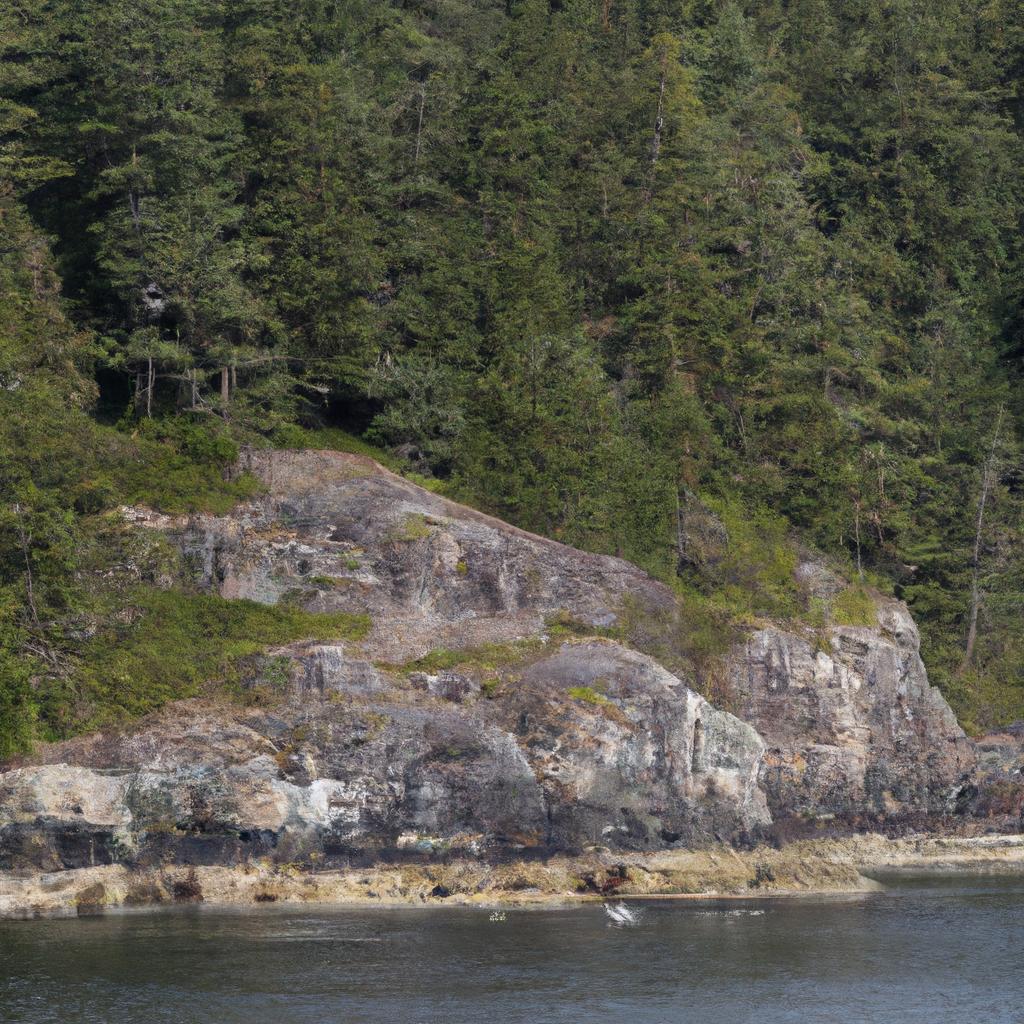
In essence, the Sentinel Island tribe continues to captivate as a fascinating and enigmatic civilization that has triumphed for over 60,000 years. Their isolation begets controversy, with some advocating for integration and others for the preservation of their cherished autonomy. Acknowledging their extraordinary nature and respecting their way of life is of utmost importance. The tribe’s historical hostility towards contact reinforces the need for cautious engagement with this isolated civilization.
In conclusion, the Sentinel Island tribe’s isolation remains a complex and contentious issue that necessitates delicate handling. Let us approach it with the utmost sensitivity and respect, recognizing the immense value of preserving their unique cultural legacy.
